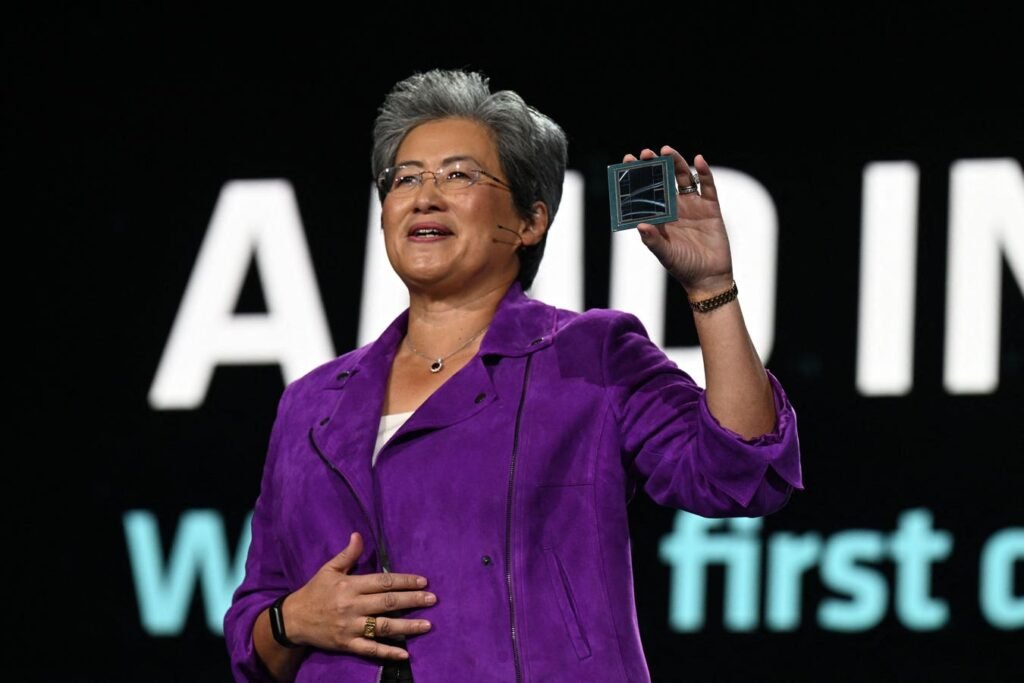A former papermill in a small town in Finland now houses Europe’s most powerful supercomputer, Lumi, which contains 12,000 MI250X graphic processing units from AMD. This collaboration between AMD and research startup Silo AI led to a $665 million acquisition, the largest takeover of an AI startup in Europe since Google bought Deepmind in 2014. Silo AI used the computational power of the Lumi supercomputer and AMD’s chips for training open source large language models (LLM) based on Finnish, English, and Nordic languages.
AMD’s senior vice president of artificial intelligence, Vamsi Boppana, stated that Silo AI’s experience in building AI software for companies like Rolls-Royce and Allianz complements AMD’s work. The acquisition of Silo AI could help AMD close the gap with Nvidia, its biggest competitor, particularly in software development. While AMD’s hardware is competitive with Nvidia’s older chips, Nvidia has a significant lead in software due to its two-decade investment in building Cuda, a platform used by developers for AI tools and apps.
Lisa Su, AMD’s billionaire CEO, has focused on making it easier for developers to use its AI chips by acquiring AI labs like Nod AI and Mipsology. AMD has also collaborated with Silicon Valley companies to support Triton, an OpenAI-backed alternative to Cuda, which has led to a doubling of the company’s sales forecast for GPUs to over $4 billion this year. The company’s efforts to make its chips more accessible could attract more companies away from Nvidia, especially as Nvidia faces supply chain constraints and high prices.
Silo AI, founded in 2017 by Peter Sarlin and five other entrepreneurs and researchers, has become one of the largest AI research labs in Europe, generating $22 million in revenue last year through consultancy work with European corporates. The team’s technical abilities and experience in deploying technology within businesses were key factors in AMD’s decision to acquire the startup. By combining forces, AMD and Silo AI aim to further develop AMD’s GPU designs and software capabilities to compete with Nvidia and other tech giants in the AI space.
Other AI research projects and startups, such as Hugging Face, have also relied on AMD’s hardware for running AI models. Microsoft, Amazon, and Alphabet have developed their own custom AI chips, indicating a growing competition in the AI hardware market. With the demand for AI technology increasing across industries, the partnership between AMD and Silo AI signals a significant advancement in Europe’s AI research and development capabilities.











